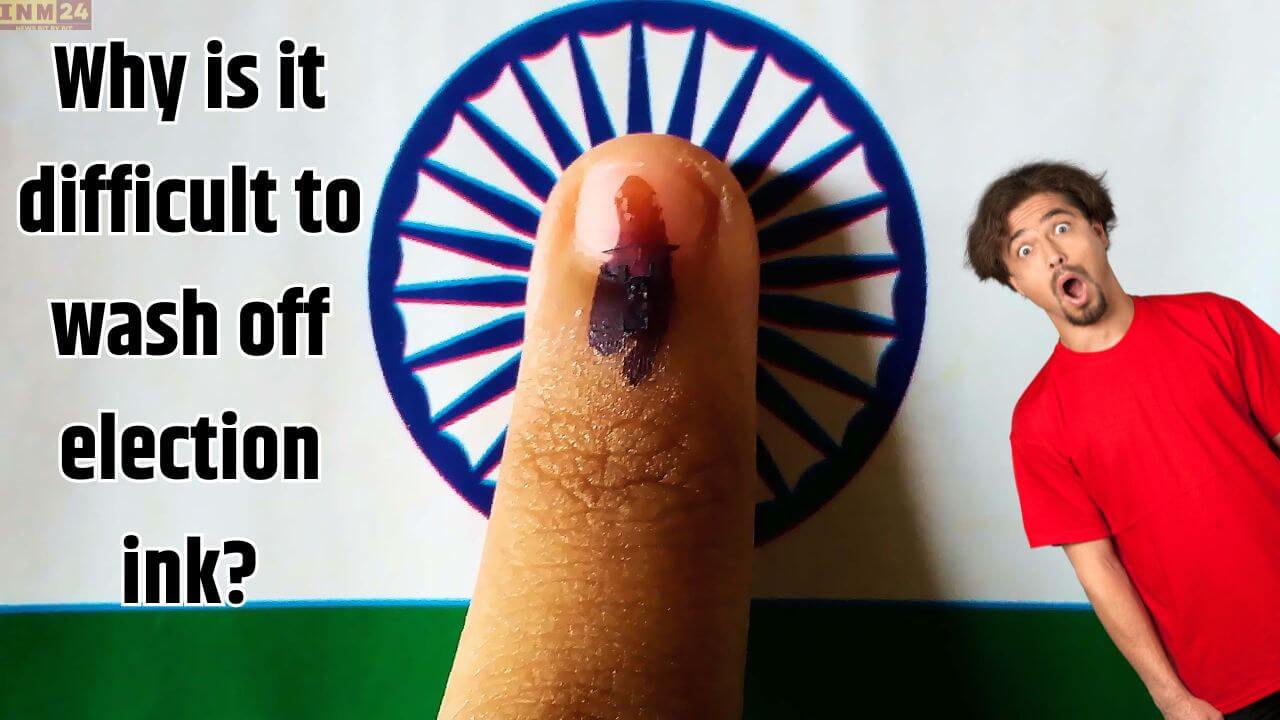As the Lok Sabha elections of 2024 progress through seven phases, with the first phase already completed on April 19, preparations for the subsequent phases are in full swing. Amidst the political campaigning frenzy, approximately 60% voter turnout was recorded nationwide during the first phase. In this context, let’s delve into the topic of election ink, which is used during elections to mark voters and prevent multiple voting attempts. We’ll explore the composition and usage of this special ink.
What is Election Ink?
Election ink is a specialized substance used to mark voters’ fingers to indicate that they have cast their votes. Unlike regular ink, election ink is not easily removable and remains visible for several days. The primary component of this ink is silver nitrate.
Why Does the Mark Not Wash Off Easily?
The unique formulation of election ink allows it to adhere to the skin and nails of individuals. Removing the mark becomes challenging as it embeds itself into the layers of the skin and nails. The mark typically fades away as new skin cells regenerate and new nails grow.
Composition and Manufacturing Process
While silver nitrate is the main component of election ink, there may be other substances included in its formulation. However, the exact details of the manufacturing process and the additional ingredients used are usually not disclosed. Revealing this information is often restricted due to security concerns surrounding the electoral process.
Significance of Election Ink
Election ink plays a crucial role in ensuring the integrity of the electoral process by preventing individuals from casting multiple votes. It serves as a visible indicator that a person has already exercised their right to vote. Just as voters’ participation is essential in elections, the use of election ink is also integral to maintaining the credibility and fairness of the electoral process.
Election ink serves as a tangible symbol of civic engagement and democratic participation. Its distinctive properties contribute to the smooth functioning and transparency of electoral procedures, reinforcing the principles of democracy and electoral integrity.
